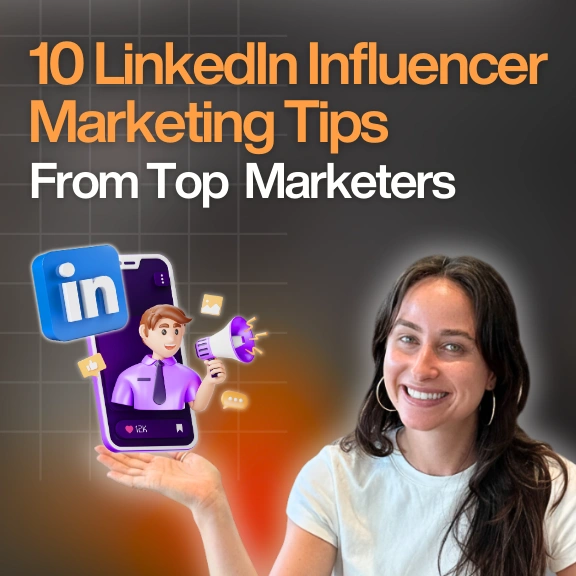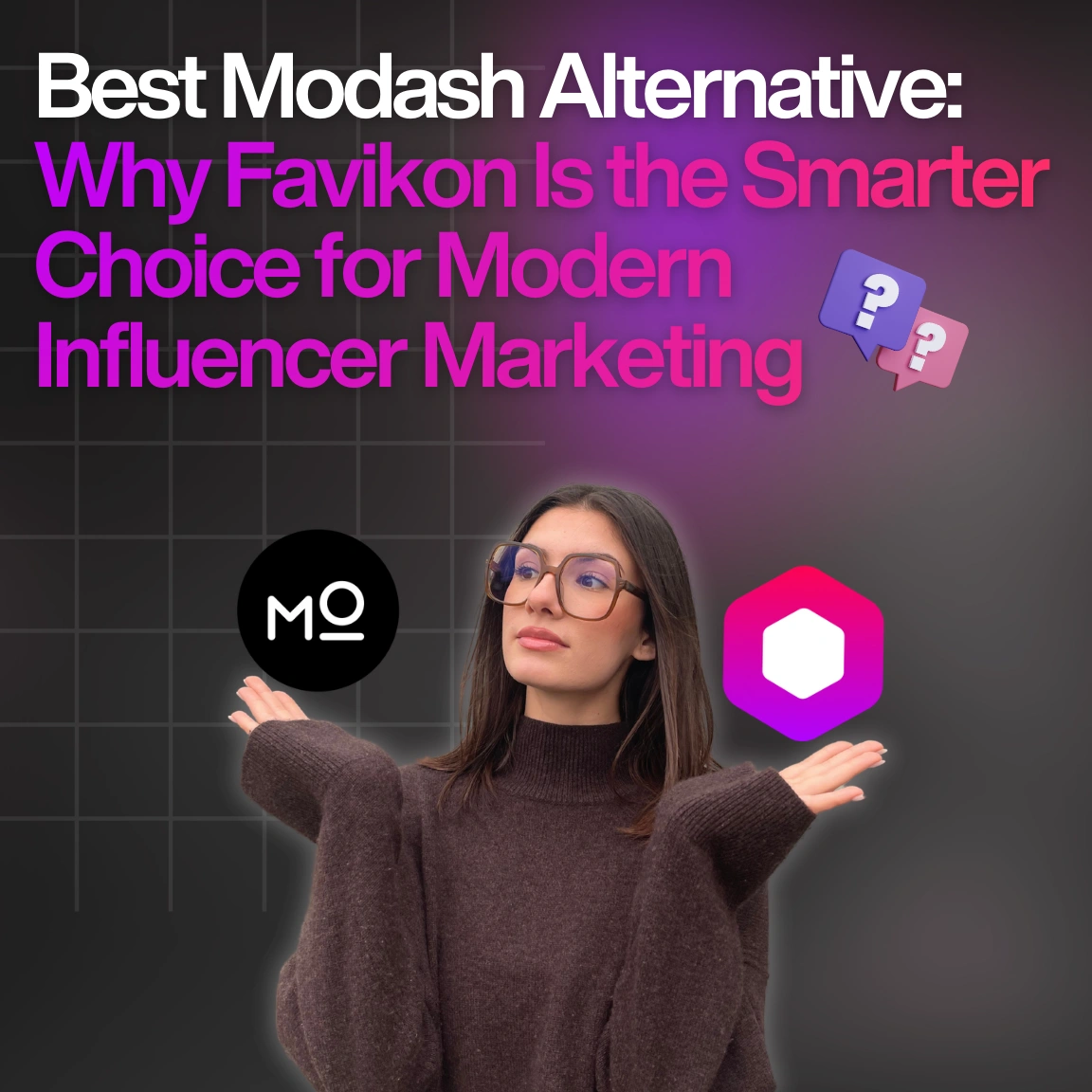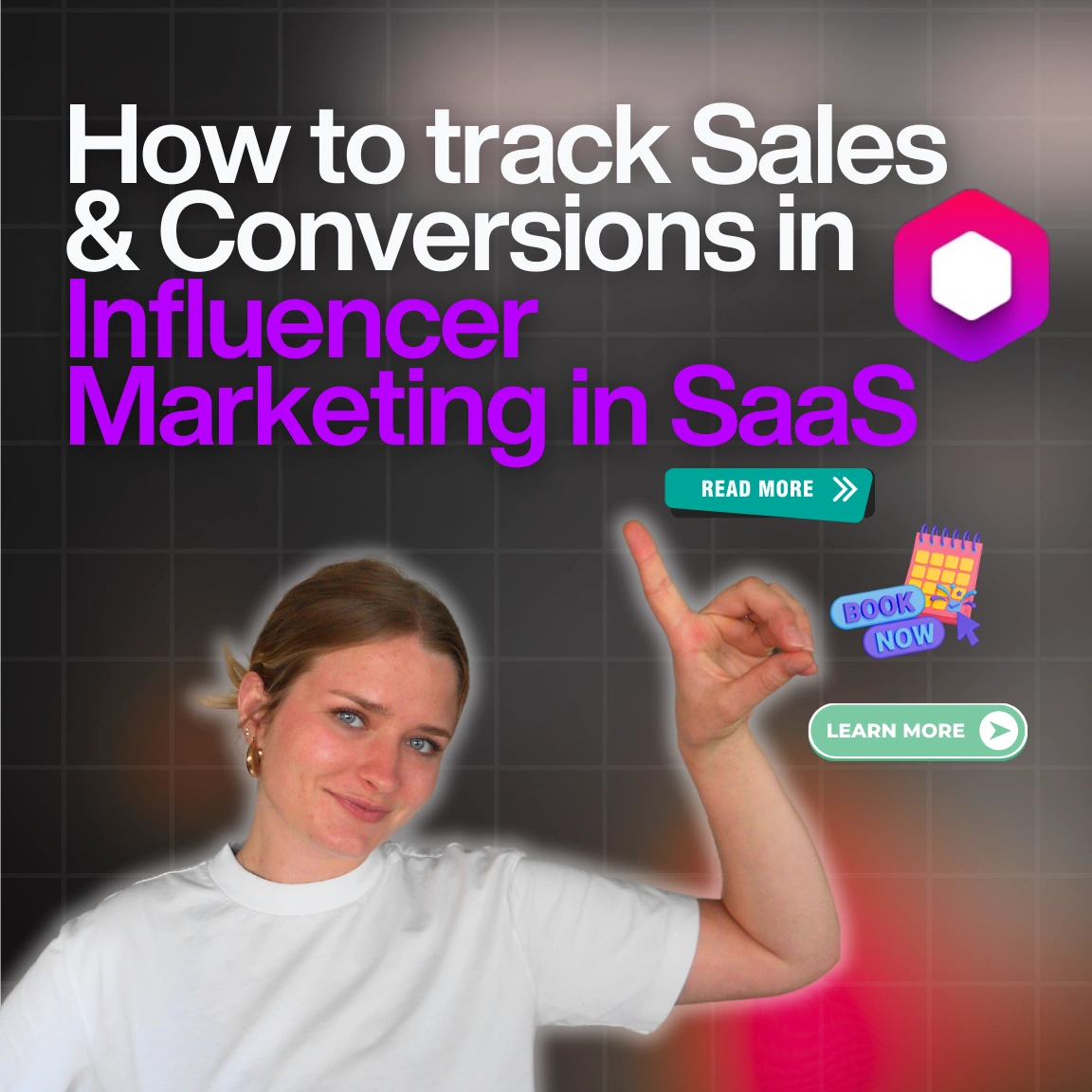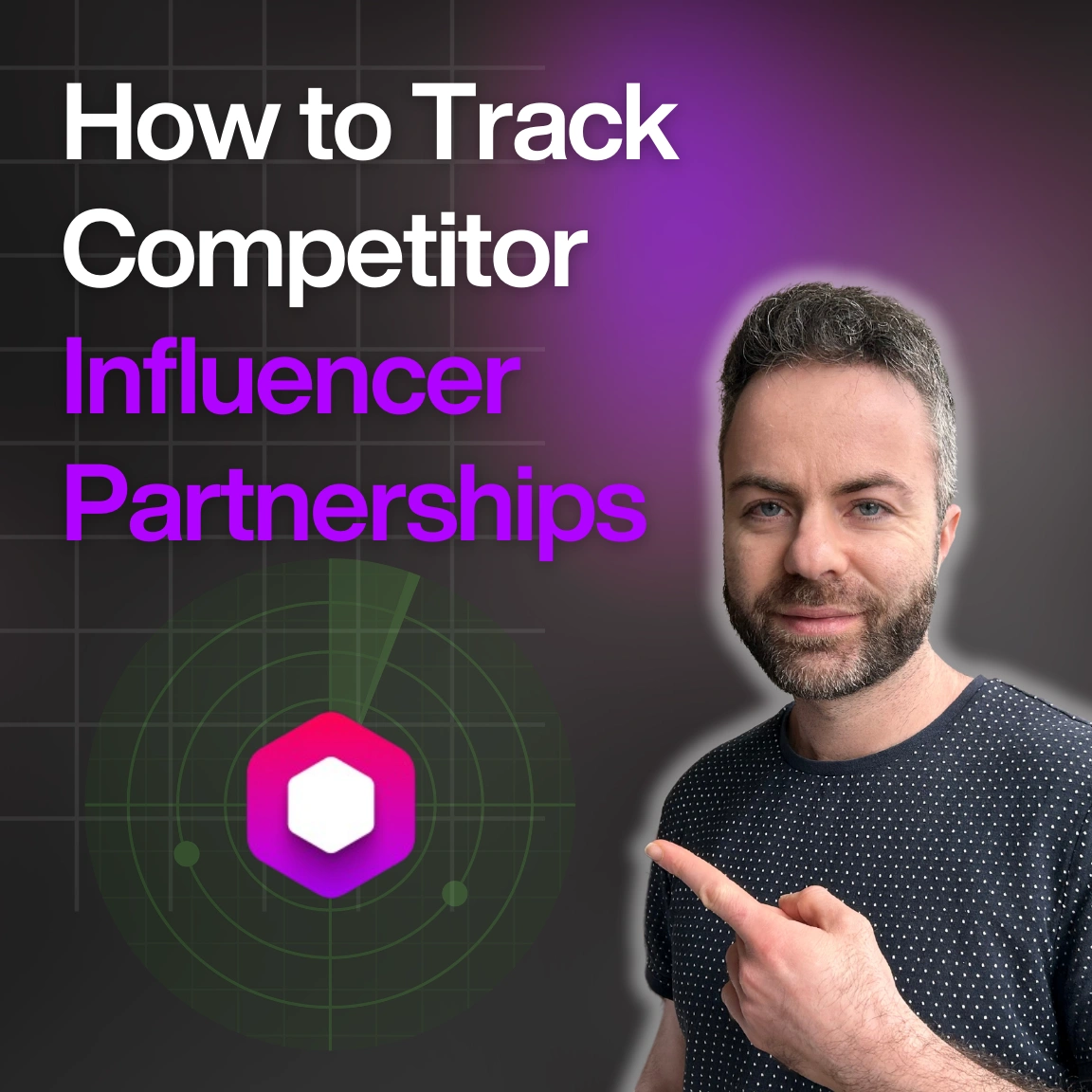Blog & Articles
Your ultimate ressource for the creator economy
Methodology & Rankings
About Favikon, rankings, tools & much more.
Insights
The recipe behind Favikon's viral & coveted rankings.
Free tools to power your influencer marketing workflows.
See Favikon users' success stories.
Get access to all Favikon rankings.
Become a Partner
Become an Affiliate
About the team behind Favikon
The place to talk creator economy, together


Featured Rankings

Here is the Top 50 Rising Video Creators on LinkedIn. Video is quickly becoming the platform’s most powerful format, with creators gaining more reach and engagement than ever. As Gen Z grows its presence and tools like BrandLink and Thought Leader Ads support content creation, LinkedIn is doubling down on video. This ranking, made in partnership with OpusClip, celebrates the creators leading this shift and aims to inspire anyone ready to start sharing through video.

Here is the Top 50 Rising Video Creators on LinkedIn. Video is quickly becoming the platform’s most powerful format, with creators gaining more reach and engagement than ever. As Gen Z grows its presence and tools like BrandLink and Thought Leader Ads support content creation, LinkedIn is doubling down on video. This ranking, made in partnership with OpusClip, celebrates the creators leading this shift and aims to inspire anyone ready to start sharing through video.


Justine Castany, a student at ESSEC Business School and currently working at Favikon, shines with her love for marketing and dedication to communications. As a dynamic young professional, she serves as Marketing Manager at Favikon, where she brings her expertise to craft and execute cutting-edge strategies. With her creativity and keen eye for trends, Justine stands out in communicating brand messages effectively and making waves on social media.
Check Brand DealsTraditional Marketing VS Influencer Marketing
1- Definitions

👓 Traditional Marketing
It encompasses all marketing practices found in three categories:
- Impressions: magazines, brochures, paper materials
- Broadcasting: radio, TV
- Direct Marketing: brochures, catalogs

🕶️ Influencer Marketing
It is part of digital marketing, using the popularity of an influencer on social networks:
- Sponsored posts
- Live events
- Co-creation
- Affiliate programs
- Contests
2- Main Differences

👓 Traditional Marketing:
- Uses channels like TV, radio, newspapers, and billboards
- Sends often one-way messages, from the company to the consumer
- Engages in mass advertising, less targeted, reaching everyone without distinction

🕶️ Influencer Marketing:
- Uses social networks and influencers
- Allows for two-way interactions, not just talking to customers but also listening and getting direct feedback
- Engages in targeted advertising based on interests and behaviors
3- Advantages & Disadvantages
👓 Traditional Marketing:
- 👍 Advantages:
- Wide reach
- strong brand recognition
- 👎 Disadvantages:
- High cost
- Difficulty in measuring precise impact
- Less personalization
- No interaction with the audience
🕶️ Influencer Marketing:
- 👍 Advantages:
- Strong engagement with the target audience
- Potentially lower cost
- More precise performance measurement through social media analytics
- 👎 Disadvantages:
- Dependence on platforms and algorithms
- Risk of inauthenticity if the influencer does not match the brand
- Short-term effect if the campaign is not well managed
4- Objectives

👓 Traditional Marketing:
- Increase brand awareness
- Improve brand image
- Convey a message to the general public

🕶️ Influencer Marketing:
- Highlight a brand to an already engaged audience
- Create a close connection with the consumer
5- Reach

👓 Traditional Marketing:
Young people are moving away from traditional media like TV and radio, which have aging audiences. They prefer spending time on social networks like TikTok, YouTube, and Instagram. According to a GlobalWebIndex study, 72% of 16-24 year-olds say they use social media while watching TV.

🕶️ Influencer Marketing:
All resulting reach is easily identifiable: tracked links, post statistics... According to a Webedia study, 54% of 18-34 year-olds have made a purchase based on an influencer's recommendation.
Traditional ads are more effective when supported by influencer marketing campaigns that drive immediate action.
The reverse is also true: an influencer's posts have more impact if the brand strengthens its recognition and image through traditional marketing.
They complement each other 🔗
The choice depends on your business goals, budget, and target audience.
Adapting and combining these two approaches can often be the key to success ⭐️
So, launch your influencer marketing campaign and track your campaign's influencers' performances with Favikon tracking !

Related Articles
See all the articlesResources











.png)







.png)


